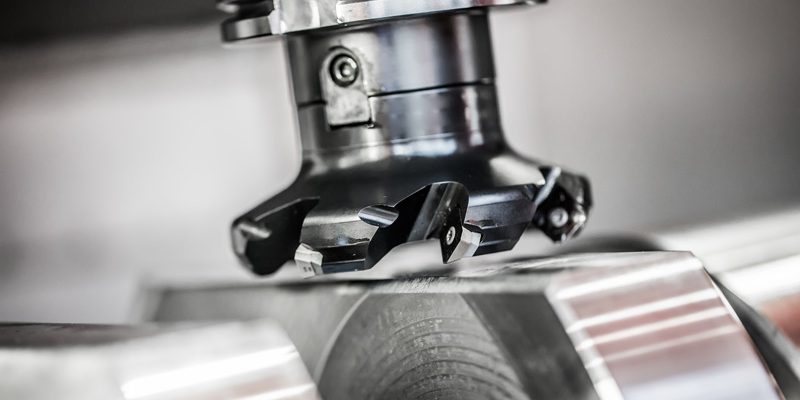Process of CNC Machining Custom Parts
When CNC precision machining parts, there are usually two situations. The first one has drawings, and the suitable CNC machine tool is selected according to the drawing workpiece; the second case: the CNC machine tool is determined, and the parts suitable for the machine tool are selected. In either case, the main factors to consider are the material and type of blank, complexity of part profile, size, accuracy, number of parts, heat treatment requirements, etc. The following briefly describes how 2fprototypes company chooses the manufacturing process of parts.
1. Steps to develop parts technology.
(1) Determine the blank type.
The type of blank should be determined according to the material, shape and size of the part and the number of workpieces placed.
(2) Part determination procedure.
The process of the parts should be determined according to all technical requirements, such as dimensional accuracy, surface roughness and heat treatment, as well as the type, structure and size of the blank.
(3) Determine the manufacturing process.
That is to determine the machine tool, workpiece clamping method, processing method, measurement method and processing size (including the machining allowance of the next process).
2. Parts processing formula principle.
(1) Principle of precision reference.
Parts must choose a suitable surface as the basic surface of the machine tool or fixture. As the first process of positioning the base surface, the rough surface is called the rough base surface, while the treated surface is called the fine base surface. The main foundation surface should be treated first.
(2) The principle of separation of roughness and precision.
In order to obtain a high-precision surface, it is usually necessary to finish machining the workpiece after all rough machining. In this way, the deformation of the workpiece caused by clamping force, cutting heat and internal stress during rough machining can be eliminated, and the arrangement of the heat treatment process can be simplified. In mass production, roughing and finishing are often performed on different machine tools, which is also conducive to the rational use of high-precision machine tools.
(3) The principle of one-time clamping.
In single-piece small-batch production, the surface that requires positioning accuracy should be completed with one fixture as much as possible.
3. Procedures for Improving Cutting Efficiency
(1) High-speed cutting.
Milling is the main technology of high-speed cutting, and milling cutter is the main tool of high-speed cutting. Such tools are subjected to high centrifugal forces when rotated at high speeds. Since its function goes far beyond cutting force, it becomes the main load of the tool. At very high speeds, an overall balance of the tool after installation is required in addition to the balance between the tool and the fixture itself.
(2) High feed cutting.In the traditional finishing method, due to certain requirements on the surface roughness of the workpiece, the feed rate of the tool is very small. In theory, as long as the feed rate does not exceed the width of the polished edge of the tool, the surface roughness of the workpiece is only affected by the grain size of the workpiece material, regardless of the hardness and tiny defects of the polished edge itself.
(3) BIG TRIM.
Large margin cutting is usually called re-cutting, and large margin cutting is also an aspect of efficient cutting. By using heavy-duty cutting milling cutters with impact resistance and high wear resistance, original machining parts that require multiple cuts can be completed at one time, but due to low precision, they are usually only used for rough machining.
4. Selection of high-speed cutting oil.
(1) Non-ferrous metal cutting oil
When cutting copper, aluminum alloy, non-ferrous metals and light metals, the cutting force and temperature are not high. Cutting oil specially used for copper and aluminum alloy can be selected, which has good corrosion resistance and low proportion of anti-wear agent.
(2) Cast iron cutting oil.
When processing cast iron, cutting oil with strong anti-rust function must be selected. When cast iron and bronze are brittle materials, chips are often formed during the cutting process, and the cutting chips are easy to flow around, and the parts between the machine tool rails will be damaged. Cutting oils with good cooling and cleaning properties can be used and can be well filtered.
(3) Alloy steel cutting oil.
When cutting alloy steel and titanium alloy, if the cutting amount is small and the surface roughness requirements are small, such as broaching and thread cutting, high-pressure resistant cutting oil is required, and sulfurized fatty acid ester can be selected as the main raw material. Extreme pressure cutting oil additive.

